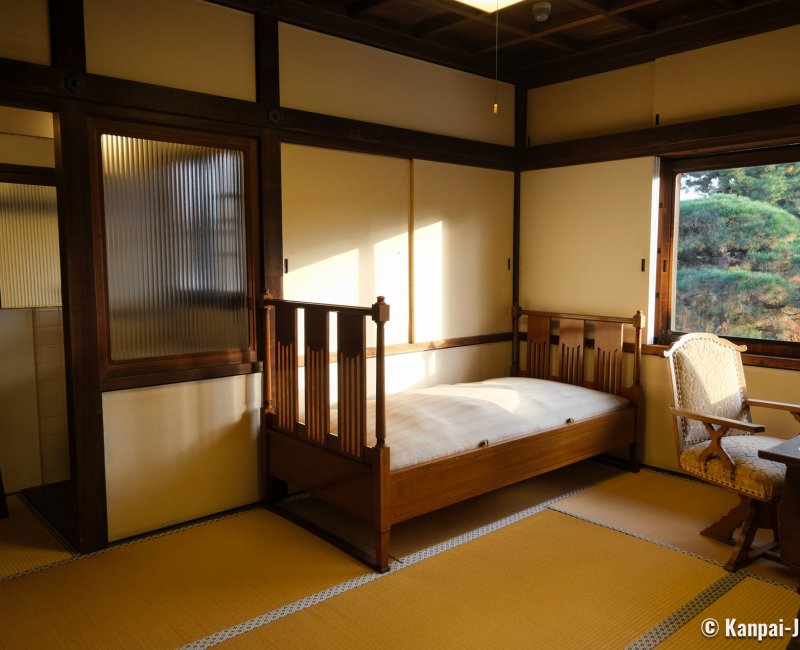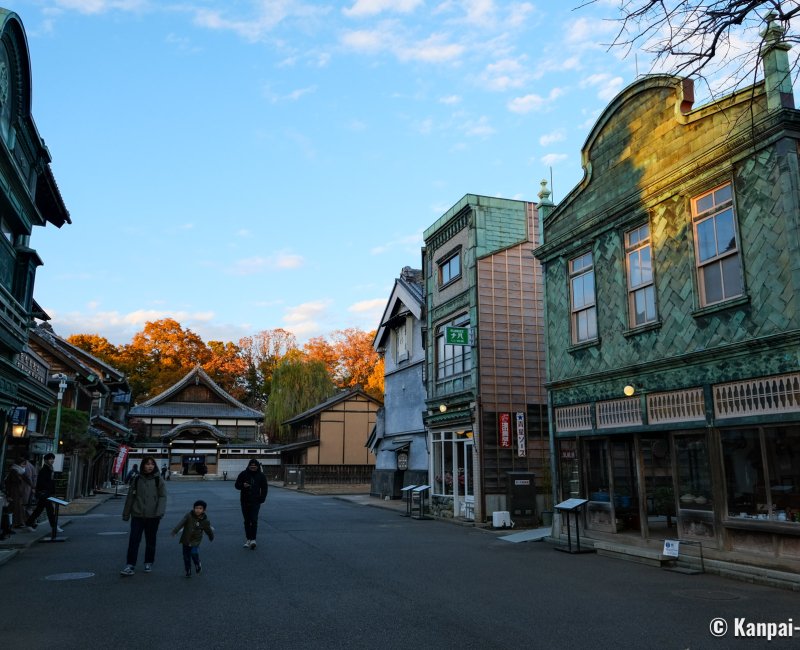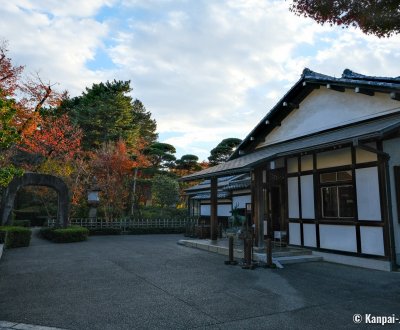Edo-Tokyo Open-Air Architectural Museum
Discovery of Historical Buildings and Houses
The Edo-Tokyo Open-Air Architectural Museum is located in a foresty part of Koganei Park in the west of Tokyo. Its 7 hectares superficies serve to reconstitute a small village of about 30 preserved buildings, showing architectural styles characteristic of several Japanese historical periods. Some of the houses are fully opened to the visit.
Inaugurated in 1993, the Edo-Tokyo Open-Air Architectural Museum is an annex of the Edo-Tokyo Museum located in Ryogoku, which is currently closed for major renovation works until 2026.
The exhibition showcases Japan’s architectural heritage in the outdoorsy environment of the large and green Koganei Park located in the west of Tokyo. It was arranged to look like a village, with about 30 historical buildings, all authentic architectures, that have been moved here for preservation. Each construction is a sample of a specific period in Japanese history inviting visitors into an interesting travel back in time.

Walking through the ages in an architectural park
The Open-Air Museum is divided into 3 areas (east, center and west) offering a visit similar to a simple walk in a park. Of the 30 buildings, 13 are fully opened to the visit and are mostly located in the western side of the site. Taking off shoes is required (bring a bag to carry your shoes) before entering the old thatched-roof family farmhouses or the aristocratic residences such as:
- The traditional Farmhouse of the Yoshino Family that dates back to the end of the Edo period (1603 - 1868);
- The wonderful residence of Korekiyo Takahashi (surrounded by a Japanese garden), a statesman of the end of the Meiji Era (1868 - 1912);
- The western-style house of Georg de Lalande, a German architect who settled in Shinjuku in 1910; or,
- Hachirouemon Mitsui’s luxury villa, that was initially built in Tokyo’s Nishi-Azabu area in 1952.
Other accessible buildings include the retro Tokiwadai Photo Studio, and the sento bath facility Kodakara-yu typical of the Showa era (1926 – 1989), located in the eastern side of the museum.
Although some rooms in these buildings might remain off-limit to the public, the indoor tours give a comprehensive insight of past lifestyles, of the layout of the rooms, their use, as well as of kitchen and bathrooms that used their times’ state-of-the-art appliances.
As for the buildings that can’t be visited, they can still be admired from outside, thanks to details that help understand their function: from a traditional workshops, to an izakaya pub, a grocery store or an inn.

An original exhibition accessible to everyone
The Edo-Tokyo Open-Air Museum is catering to a large audience:
- Japanese architecture and urban history amateurs;
- People just enjoying a stroll in the area; or,
- People traveling on their own, with friends or in family with children.
International tourists can enjoy English-language explanations that help understanding the historical context of each building, which helps creating a particularly enjoyable experience of these authentic houses where people of the past used to live. The site conveniently gathers several types of typically Japanese architecture types of all ages all at the same place.
Fun fact: the museum’s mascot named Edomaru, that looks like a cute green caterpillar, was designed by Hayao Miyazaki.


